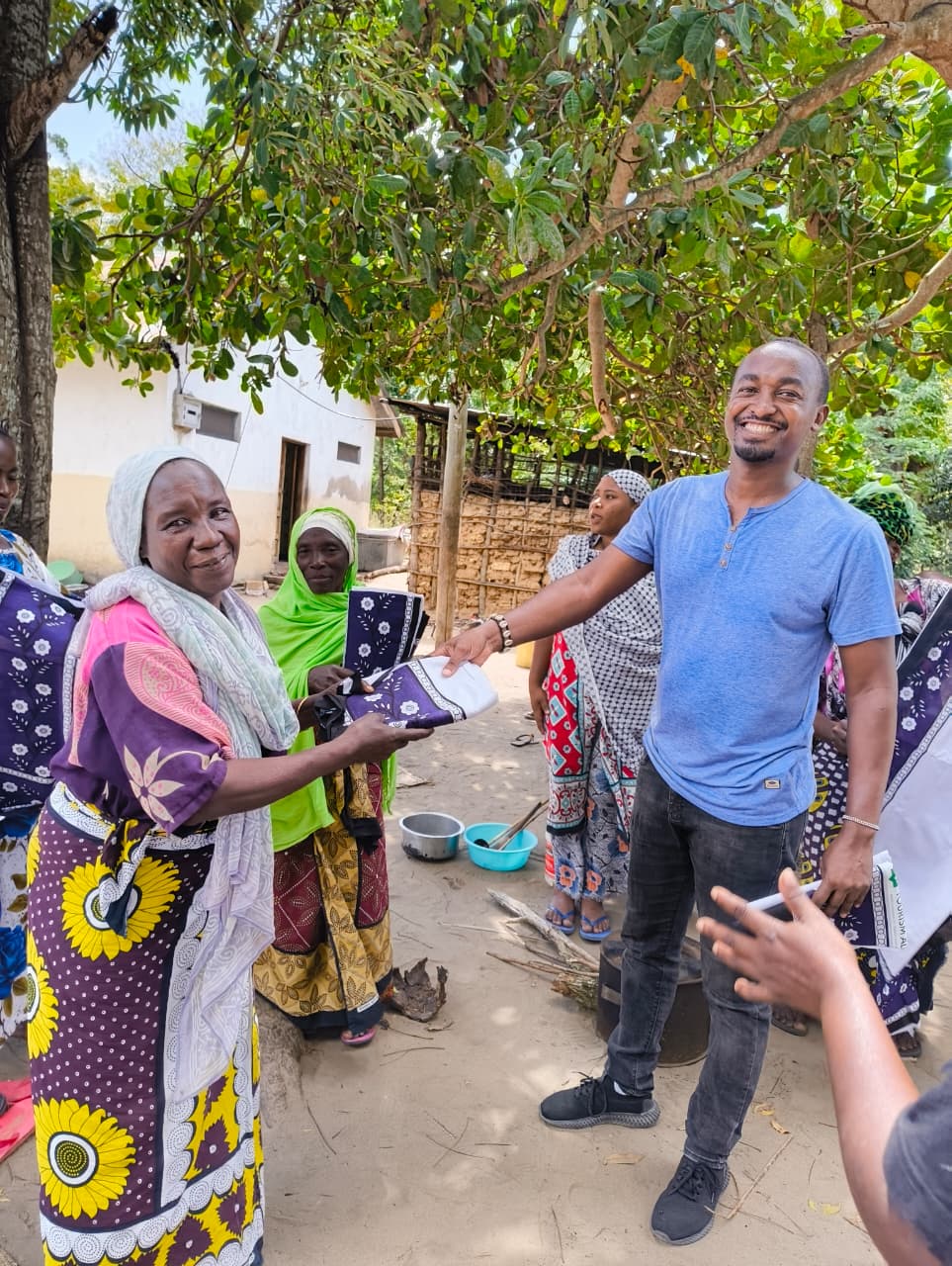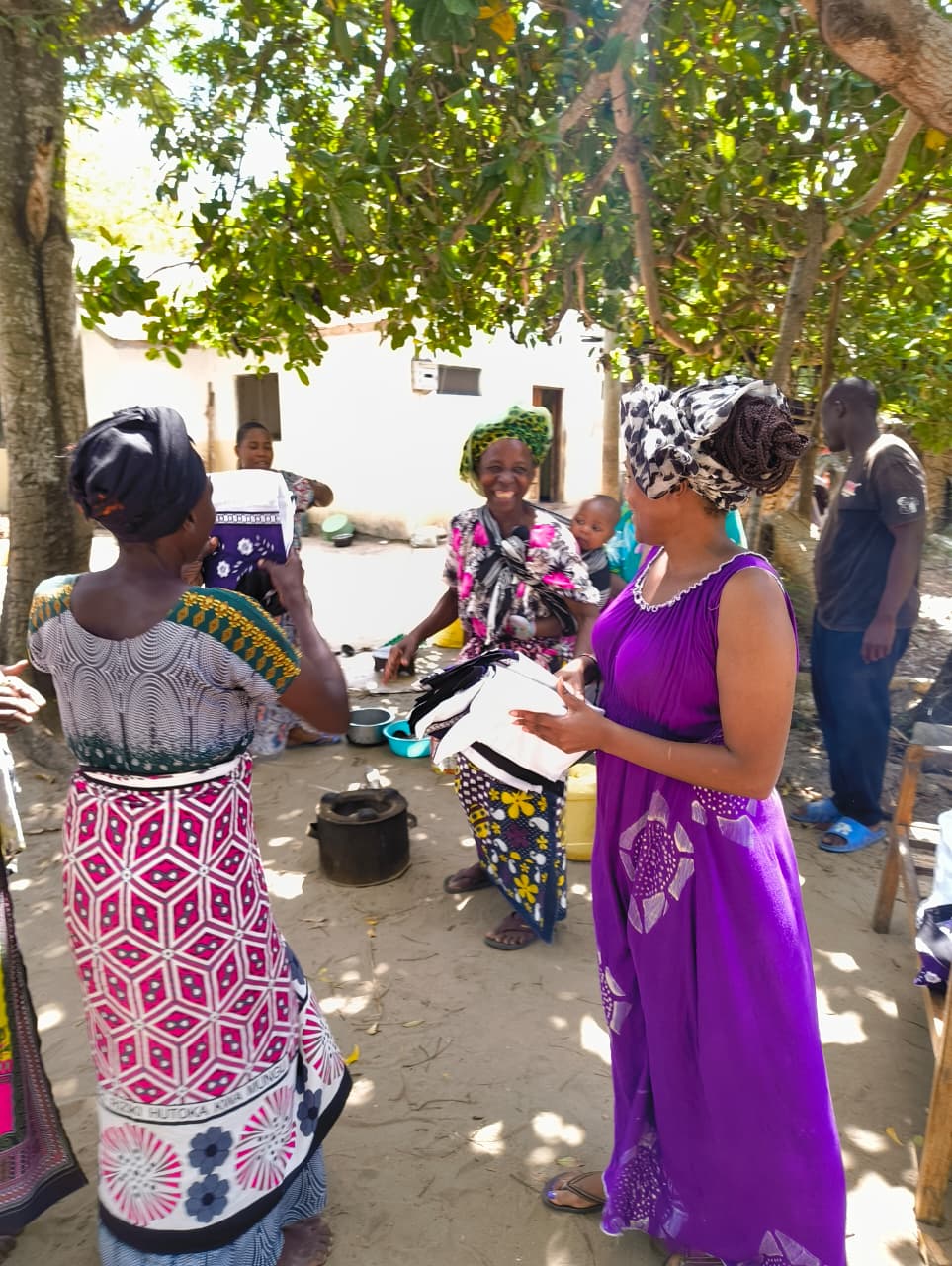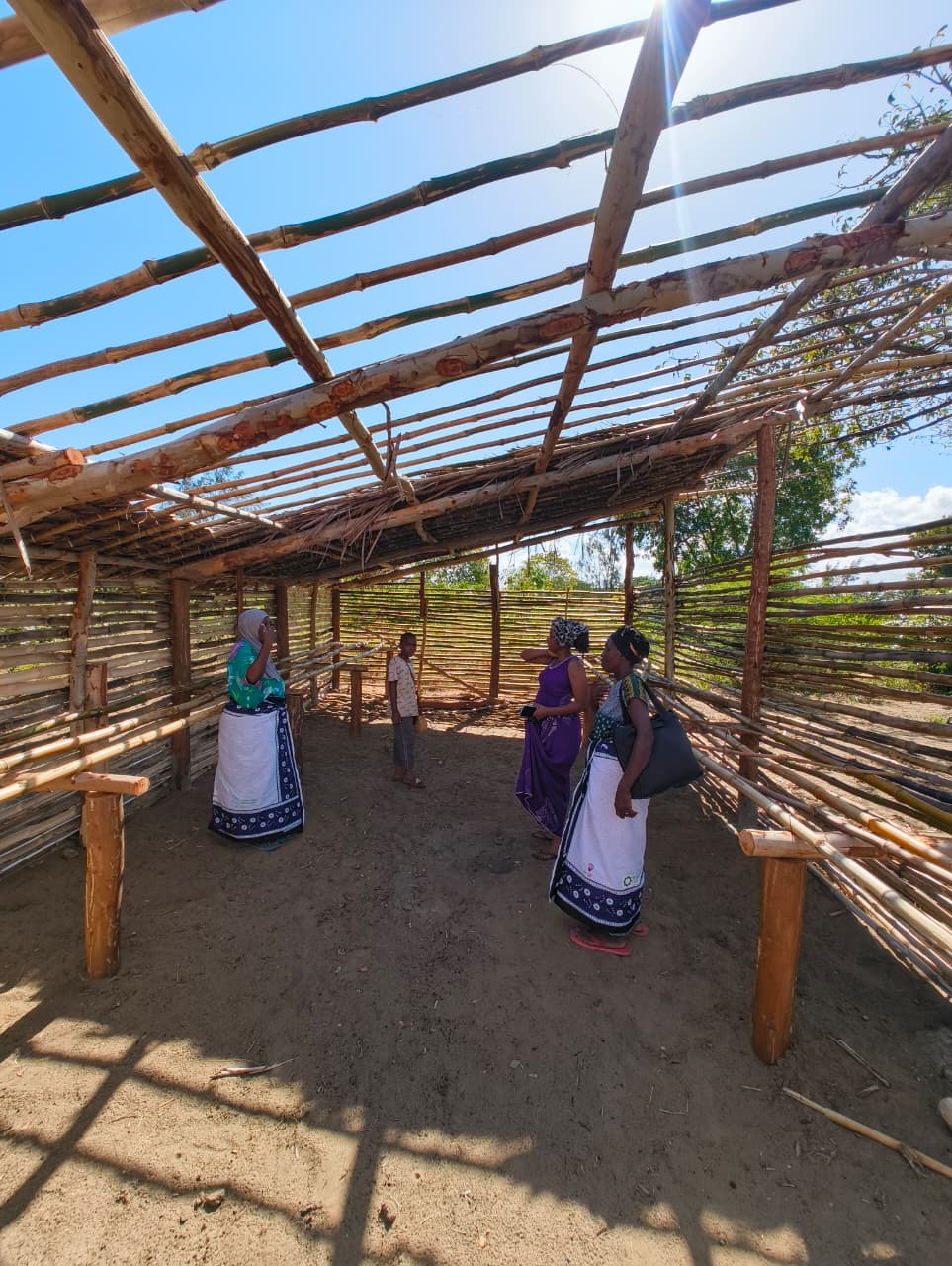Regenerative Travel in Kenya: Restoring People, Place, and Prosperity
Regenerative travel isn’t a cosmetic add-on, it’s systems work. It weaves governance, ecology, livelihoods, knowledge, and markets so that communities and landscapes become stronger, not just less harmed. Kenya has a unique advantage: its living institutions and practices from community conservancies to indigenous knowledge provide a framework that can scale true regeneration.Key Shifts for Regenerative Tourism in Kenya1. Power: Governance at the Grassroots
Community conservancies, especially under the Northern Rangelands Trust (NRT) model, place decision-making and revenue control in local hands, funding rangers, schools, and restoration projects aligned with community priorities.
Metric: % of conservancy revenue managed locally, number of community-elected rangers.2. Ecology: Tourism Designed to Restore
Conservancies like Nashulai, Il Ngwesi, and Sabache show that community-managed land restores wildlife corridors, reduces human-wildlife conflict, and expands biodiversity.
Metric: Wildlife sightings, corridor area restored, human-wildlife incident reduction.3. Knowledge: Centre Indigenous Expertise
Pastoralists, fisherfolk, and forest custodians provide ecological intelligence for itinerary design and conservation, embedding elders, scouts, and women leaders to move tourism from spectacle to stewardship.
Metric: % of experiences co-developed with local knowledge holders.4. Livelihoods: Tourism Linked to Community Resilience
Tourism can fund sustainable livelihoods through community-owned camps, agroforestry, and value-added products. Example: Sesbania agroforestry improves soil and milk yields while generating income.
Metric: % of income from tourism-linked enterprises, increase in household income, milk yield improvement.5. Markets: Value Over Volume
Guests pay not just for experiences, but for outcomes: restored landscapes, rangers’ salaries, cultural preservation. Transparent local procurement and conservation levies ensure traceable impact.6. Design Practice: Itinerary as Impact
Regenerative itineraries integrate:o Co-created community stays and cultural workshopso Participatory conservation dayso Agroforestry and value-chain engagements7. Accountability: Measure and Publish
Regeneration must be auditable. Operators like Halisi can publish impact reports on governance, ecology, livelihoods, and market integrity.
Dashboard: Conservancy governance, ecological health, livelihood uplift, market integrity, guest learning outcomes.8. Risks & Safeguards
Safeguards prevent elite capture, cultural commodification, greenwashing, and tourism-driven inflation through transparent boards, rotating leadership, community protocols, and visitor caps.Halisi’s RoleHalisi acts as catalyst, co-creator, and convenor, supporting community agreements, regenerative supply chains, independent monitoring, and transparent impact reporting. The goal is not to impose change from outside, but to accelerate community-led regeneration.Conclusion: Kenya’s competitive advantage is its institutional fabric of community stewardship and ecological knowledge. Regenerative tourism succeeds when power is devolved, ecology is restored, livelihoods embedded, outcomes measured, and culture defended turning tourism from a taker into a restorer.
Community conservancies, especially under the Northern Rangelands Trust (NRT) model, place decision-making and revenue control in local hands, funding rangers, schools, and restoration projects aligned with community priorities.
Metric: % of conservancy revenue managed locally, number of community-elected rangers.2. Ecology: Tourism Designed to Restore
Conservancies like Nashulai, Il Ngwesi, and Sabache show that community-managed land restores wildlife corridors, reduces human-wildlife conflict, and expands biodiversity.
Metric: Wildlife sightings, corridor area restored, human-wildlife incident reduction.3. Knowledge: Centre Indigenous Expertise
Pastoralists, fisherfolk, and forest custodians provide ecological intelligence for itinerary design and conservation, embedding elders, scouts, and women leaders to move tourism from spectacle to stewardship.
Metric: % of experiences co-developed with local knowledge holders.4. Livelihoods: Tourism Linked to Community Resilience
Tourism can fund sustainable livelihoods through community-owned camps, agroforestry, and value-added products. Example: Sesbania agroforestry improves soil and milk yields while generating income.
Metric: % of income from tourism-linked enterprises, increase in household income, milk yield improvement.5. Markets: Value Over Volume
Guests pay not just for experiences, but for outcomes: restored landscapes, rangers’ salaries, cultural preservation. Transparent local procurement and conservation levies ensure traceable impact.6. Design Practice: Itinerary as Impact
Regenerative itineraries integrate:o Co-created community stays and cultural workshopso Participatory conservation dayso Agroforestry and value-chain engagements7. Accountability: Measure and Publish
Regeneration must be auditable. Operators like Halisi can publish impact reports on governance, ecology, livelihoods, and market integrity.
Dashboard: Conservancy governance, ecological health, livelihood uplift, market integrity, guest learning outcomes.8. Risks & Safeguards
Safeguards prevent elite capture, cultural commodification, greenwashing, and tourism-driven inflation through transparent boards, rotating leadership, community protocols, and visitor caps.Halisi’s RoleHalisi acts as catalyst, co-creator, and convenor, supporting community agreements, regenerative supply chains, independent monitoring, and transparent impact reporting. The goal is not to impose change from outside, but to accelerate community-led regeneration.Conclusion: Kenya’s competitive advantage is its institutional fabric of community stewardship and ecological knowledge. Regenerative tourism succeeds when power is devolved, ecology is restored, livelihoods embedded, outcomes measured, and culture defended turning tourism from a taker into a restorer.




